It would be almost impossible to find a first-person shooter (FPS) player who hasn’t heard of Counter-Strike. The game can be considered as the ancestor of all the FPS games that came before it. While the gameplay of the two-decade-old title hasn’t changed in any significant way, CS:GO did something else to keep up with the times.
In addition to the legendary gameplay of Counter-Strike, CS:GO also takes advantage of the Steam market and has an economy of its own, made up of in-game skins priced at various ranges. It’s possible to find cosmetic items for pennies while you can also get them for thousands of dollars, depending on their rarity.
This economy slowly turned into a mini stock market with players scouting the community shop for bargains and flipping the items they buy for higher prices. Trading also turned into a reliable way of using approved CS:GO gambling websites, which use in-game cosmetic items as a way of payment.
Players get to win more items or lose whatever they put on the stake depending on the result of a match, and the whole process is automated through bots. While this may seem convenient, it’s also the cause of many fraudulent activities. Some players try to disguise themselves as trade bots and send random trade offers to CS:GO players with valuable inventories, and some end up being successful.
Knowing how to trade and what to look for can help you avoid any scam attempts you may encounter in the future and even help you save a couple of bucks to buy that knife you’ve always wanted.
How can you trade in CS:GO?
Trading is a core function of CS:GO and many other games on Steam.
Before starting any trading process, you should make sure that your account is eligible for trading. You’ll need to have Steam Guard enabled for 15 days and have a valid purchase through Steam that’s at least a week old but not older than a year. Fulfilling these two requirements will render your account fit for trading, but changing devices can also cause minor delays.
- Open Steam.
- Both the Steam client and the official webpage of Steam will be enough to do the trick.
- Hover on your name in between the Community and Chat tabs on the top of your screen.
- Select Friends.
- Find the person you’d like to trade with and enter their profile.
- Click on More, which can also be an arrow pointing down on some profiles. It’ll always be a few inches to the right from their names.
- Choose Offer a Trade.
- Click and drag the items you wish to trade from both inventories into the trade boxes.
- If you can’t see any items, to begin with, you can reveal them by picking the game they belong to first.
- Check the box to confirm the trade contents.
- Click on Make Offer.


– Screengrab via Valve


– Screengrab via Valve

Completing the process will send a trade offer to the person you’d like to trade with, and they’ll get a chance to observe the trade before accepting it. The trade will automatically go through if the other party also accepts the terms.
If you’re on a PC or Mac, you can also complete the same procedure by opening your friends list and right clicking anyone you’d like to trade with. There’ll also be a “Offer a Trade” button there, which will take you through the same process.
You can send trade requests from your Trade Offers page as another alternative.
- Open up your Steam profile and click on Inventory.
- Look for a blue button that reads Trade Offers, which will be right on top of the game list, and click on it.
- Choose New Trade Offer, and you’ll be prompted to pick who you’d like to trade with.
- After picking the other end of your trade, you’ll be able to create a trade offer by selecting the items you’d like to exchange.
Accepting and sending out trade offers may require an authorization, requiring you to enter the code sent by Steam Guard either to your mail account or phone.
How can you avoid getting scammed while trading in CS:GO?
The only advice that any CS:GO trader can give to beginners is that you should take your time with every trade offer. One of the most common techniques used by scammers is rushing players through the trade process, causing them to oversee finer details.
Most items on the Steam store have multiple rarities that share the same thumbnail. You can only tell the difference between each rarity by hovering over them one by one. A slight rarity difference can change an item’s price by hundreds of dollars, meaning taking your time is absolutely worth it.
Make sure to go over the profile of the person you’d like to trade with since past Steam users who traded with them are likely to leave reviews of their experience.
The main reason why it’s so essential to ensure a trade’s integrity before pulling the trigger is that Steam support won’t give your items back if you get scammed. The developer has a whole page of trade guides to help players not to fall for any scams and retains from rollbacking items to protect the store’s economy.
This doesn’t apply to cases that your account gets hijacked, however, and Steam support returns your items when they prove your case.
Can you make money by trading CS:GO items?

Technically, it’s possible to make money by trading CS:GO items, but it’s significantly harder than how it sounds. If you’re looking to increase your Steam balance by trading CS:GO items, you’ll need to have immense knowledge of the community market.
This includes the average prices of almost all skins that are in high demand since you’ll need to identify bargain deals when you come across them. It’ll be significantly difficult to secure yourself a bargain on the community market since there will be millions of other players looking to do the same thing as you, but you may have a better chance of finding good value in trade groups.
CS:GO trade groups are almost everywhere, including Facebook, Steam, Twitter, or even on their separate platforms. The main selling point of these communities is that they are also the number-one dropping spot of players who are looking to exchange skins. Players who’d like to avoid paying the community market fee for a new skin will be out to trade their valuable cosmetics in exchange for the new ones they’d like to have.
There will be players looking to trade a $50 worth of gun skin, for a $40 knife, or the opposite. Your prime goal should be to locate the opposite deals in which the players are looking to trade valuable skins for slightly less valuable ones. Make sure to always trade for items that you can resell quickly since waiting a long time to sell it may cause you to miss out on potential trades and profits.
You can use the price tracker on the Steam community market to determine the value of an item or use third-party tools that also highlight trends in the prices of an item. You can use seasonal trends to your advantage and buy a holiday-themed skin before a seasonal event kicks off and sell it for profit when the demand increases.
The same rules of the everyday economy and stock trading also apply to CS:GO. While it takes unimaginable effort to make a living out of trading CS:GO items, it’s definitely possible to make a few bucks, which can help you secure a couple of rare skins before investing any more of your real-life money.
All you need to do is follow as many reliable trading platforms as possible and stay sharp for any deals that may come your way. Always be on your best attitude and behave like a good salesperson since reputation is another vital factor in the trading world.
A player will always skip on profiting a couple of bucks more if your Steam profile is filled with recommendation notes and the other candidate for trade has a new profile with almost no trade history.
If this is going to be your first time trying to trade for profit, we recommend starting with lower value items around $5-$10. Most of these items will be in high-demand already, and successful trades of this range will allow you to build both confidence and reputation.



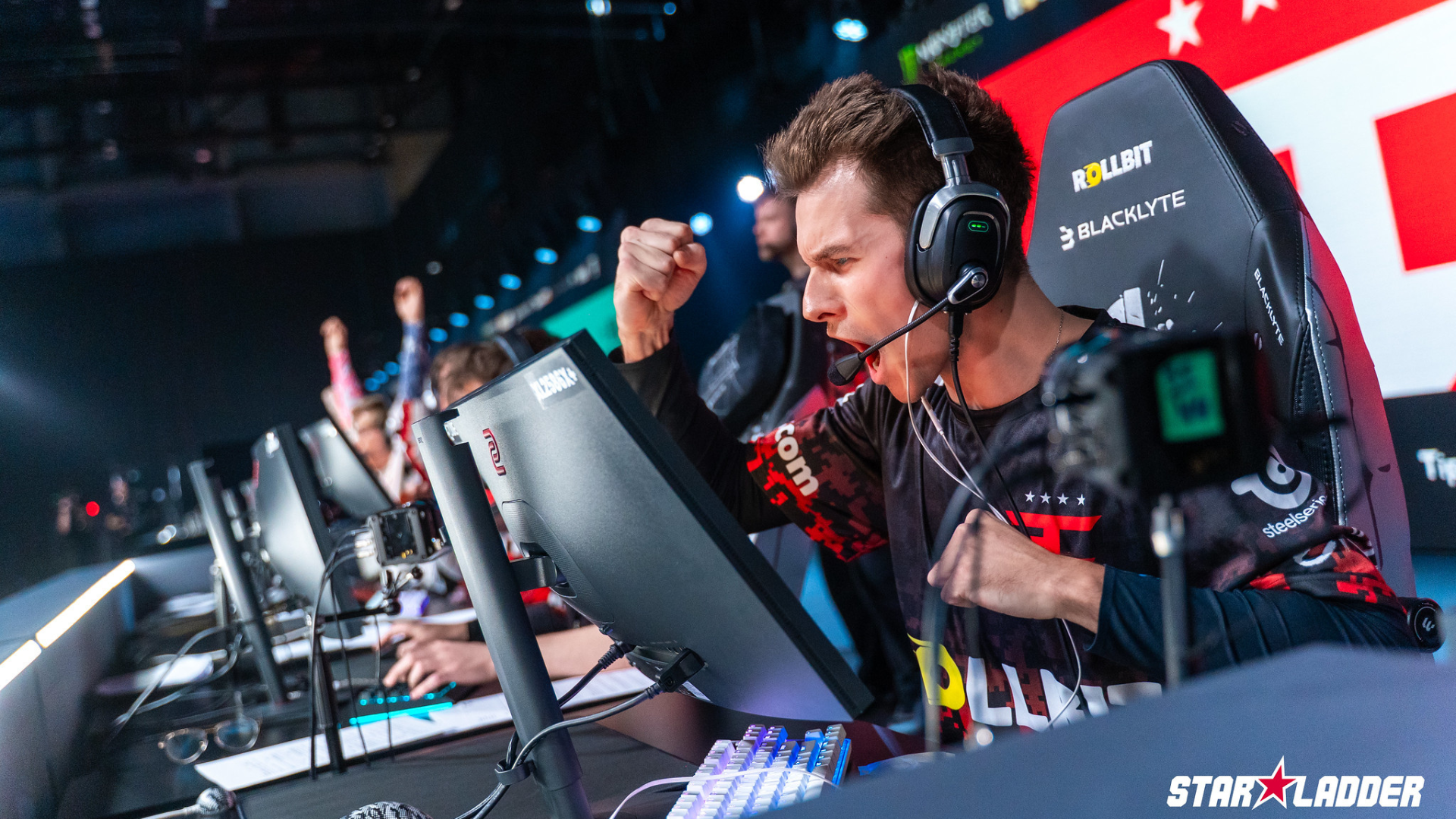
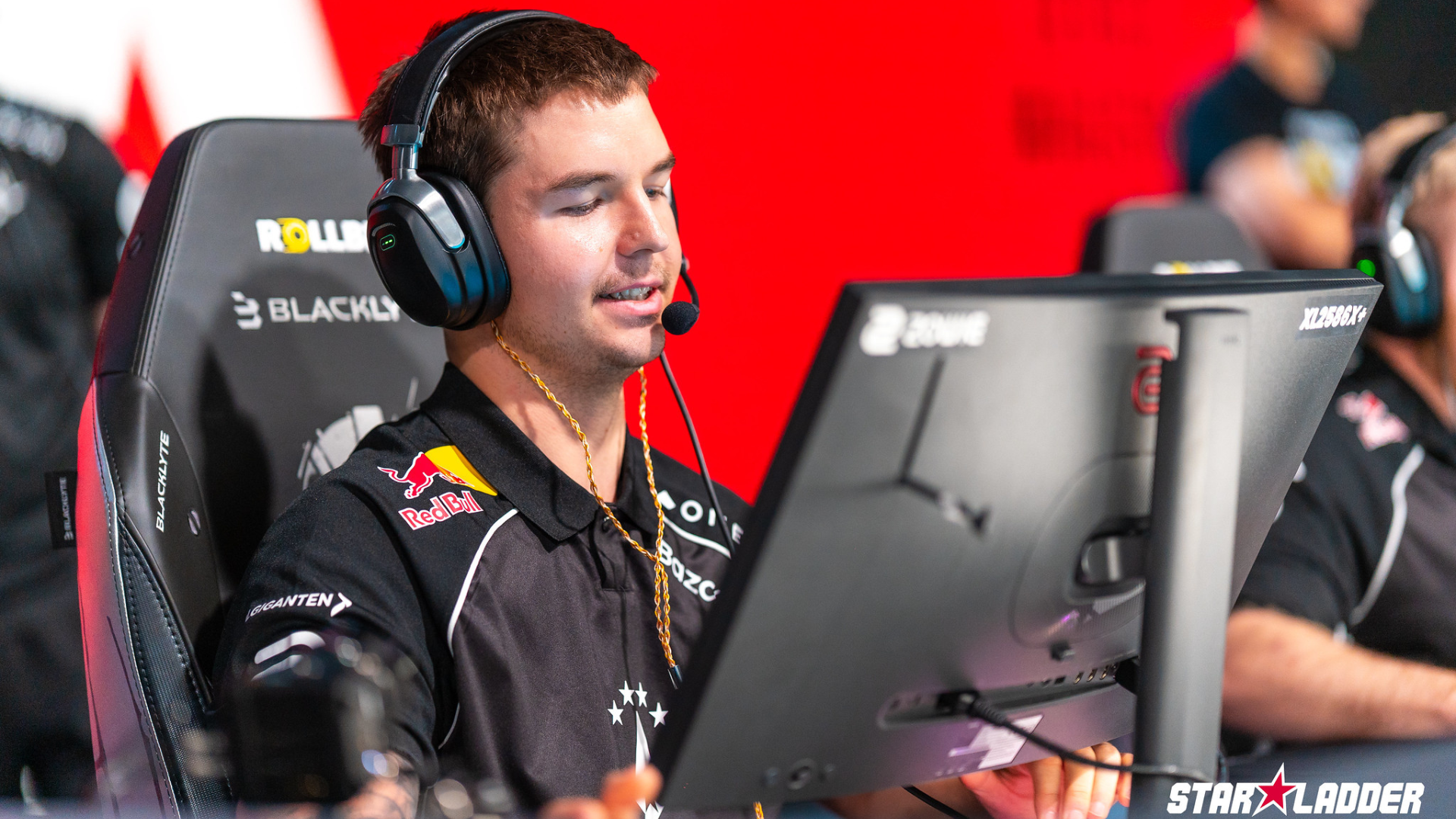
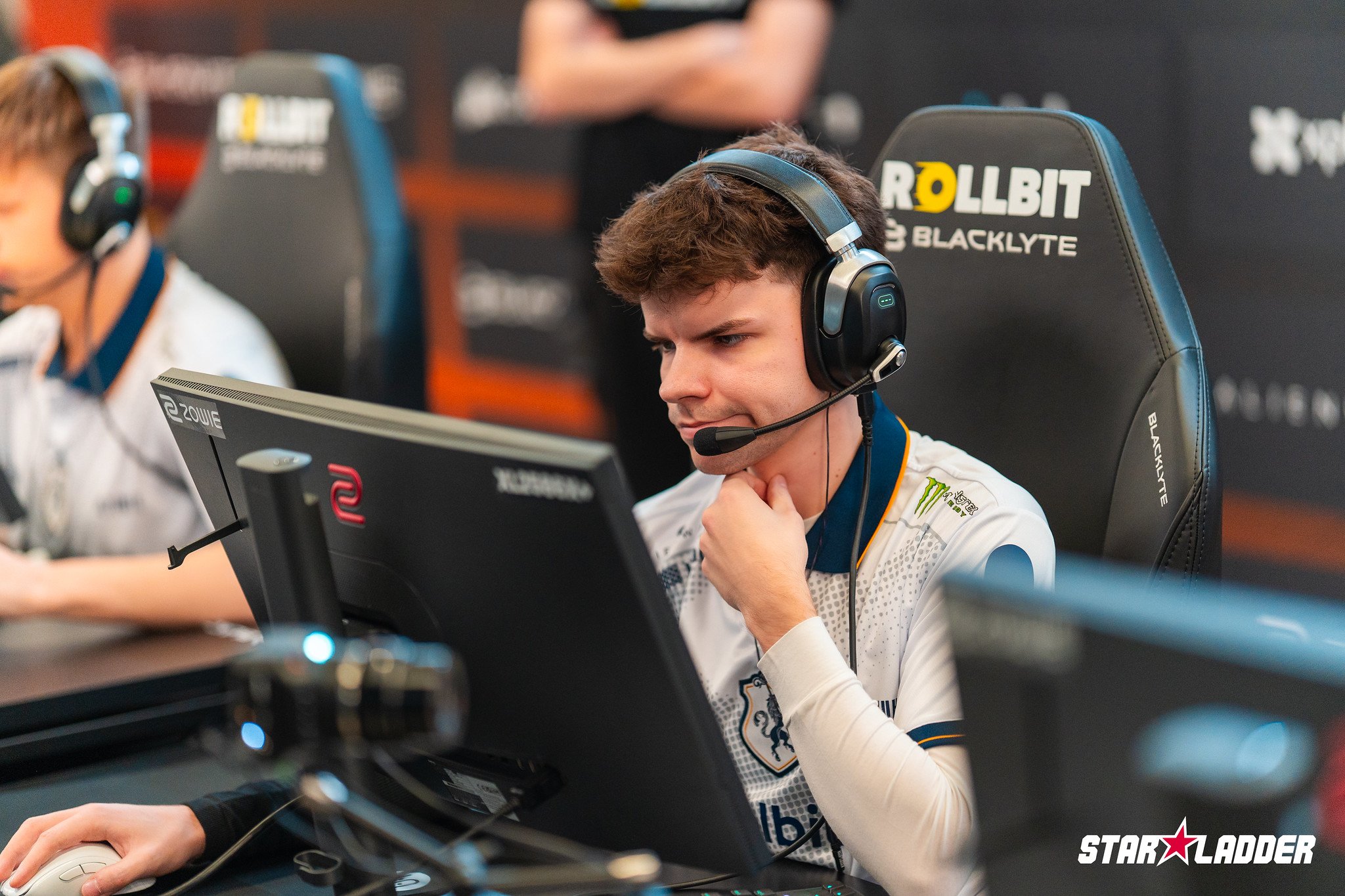

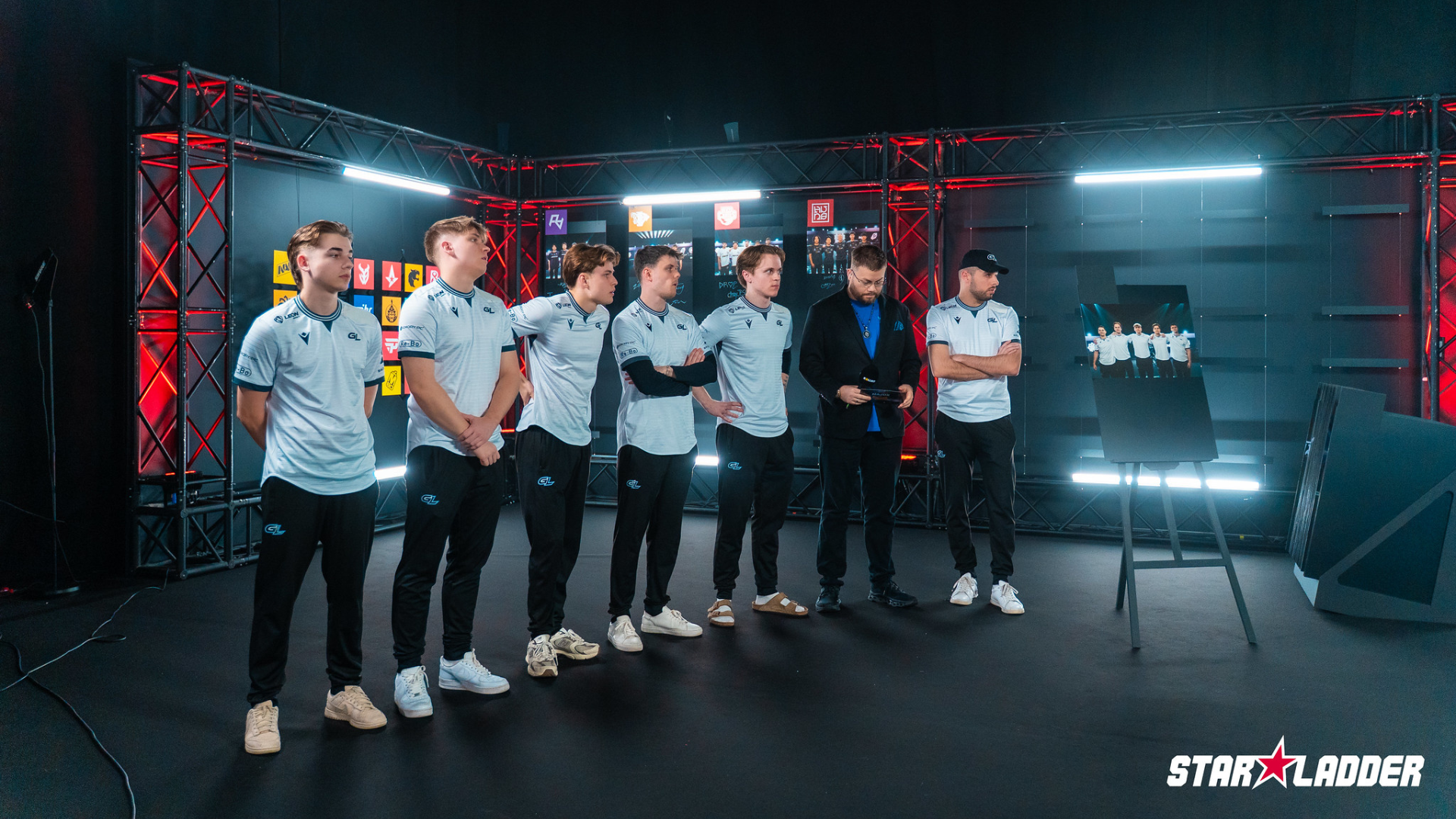
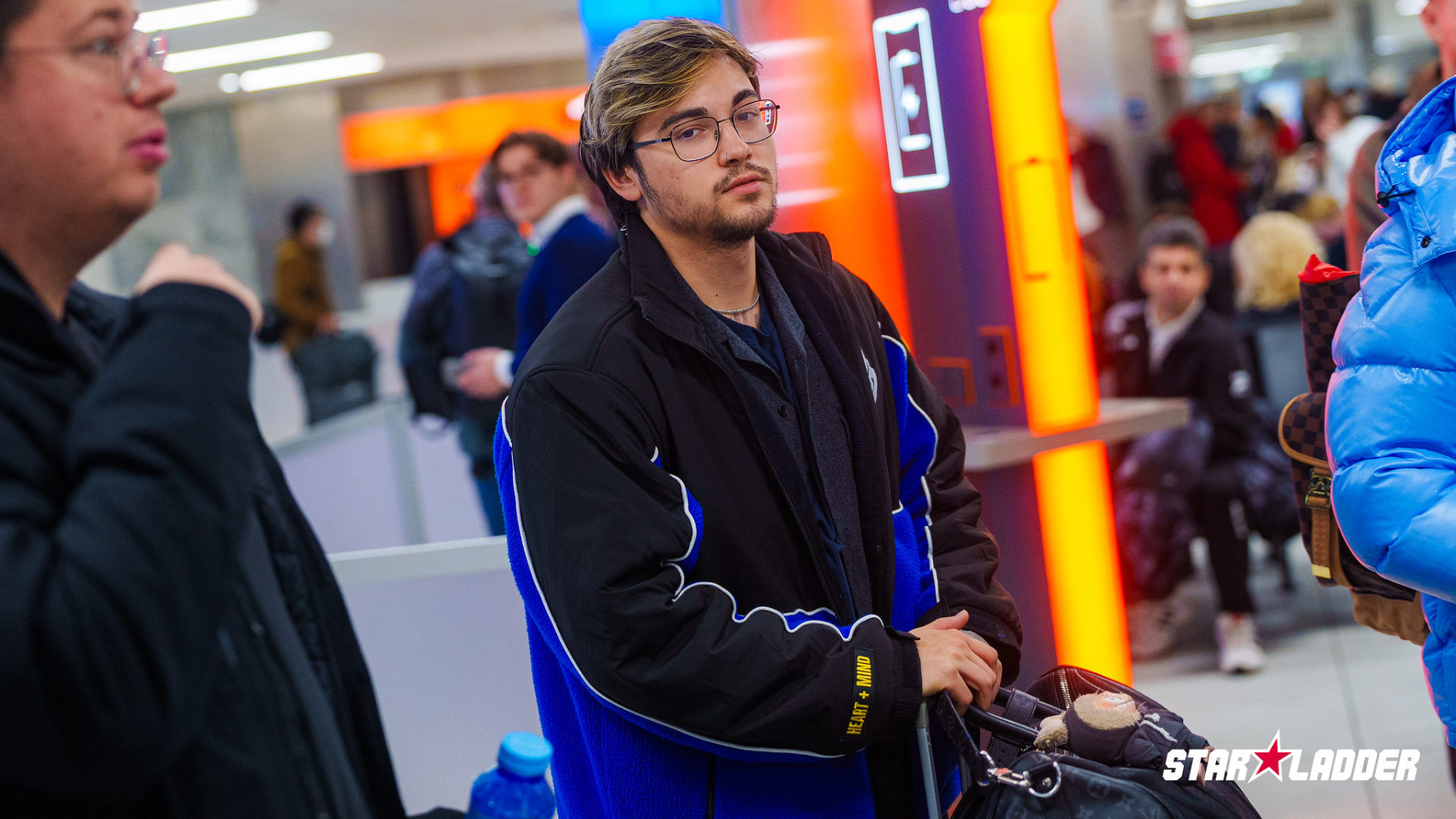
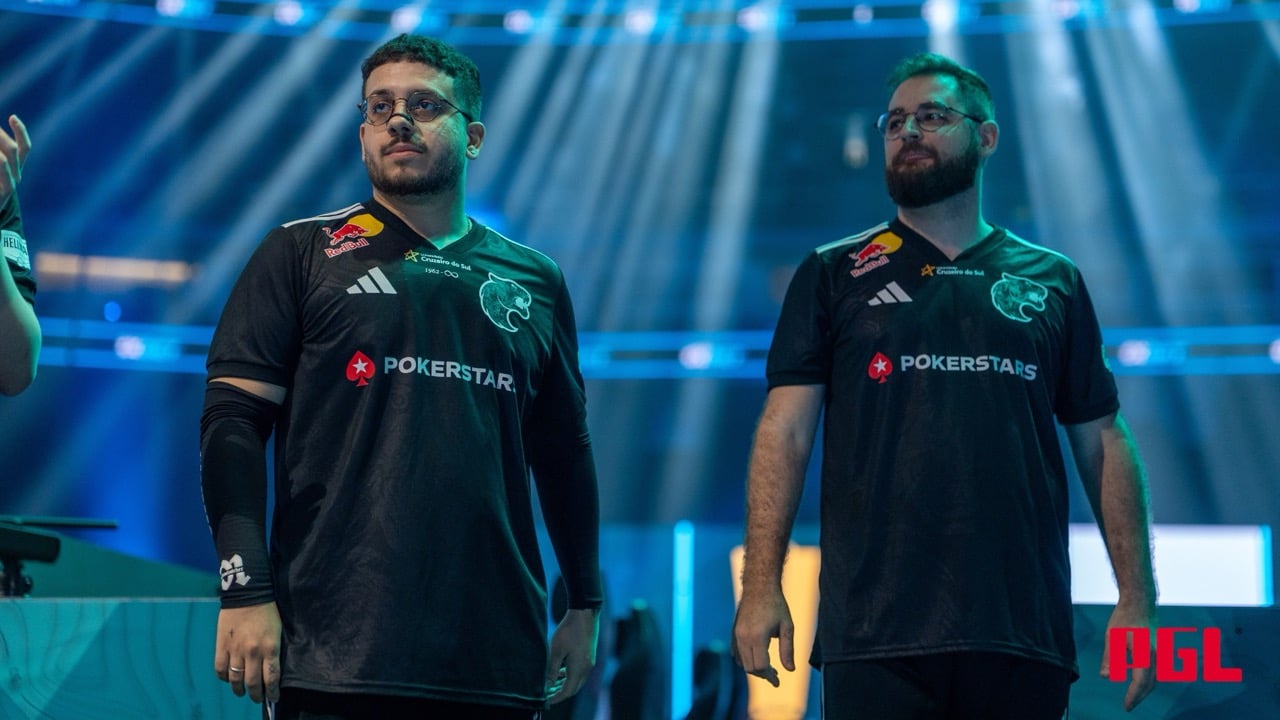
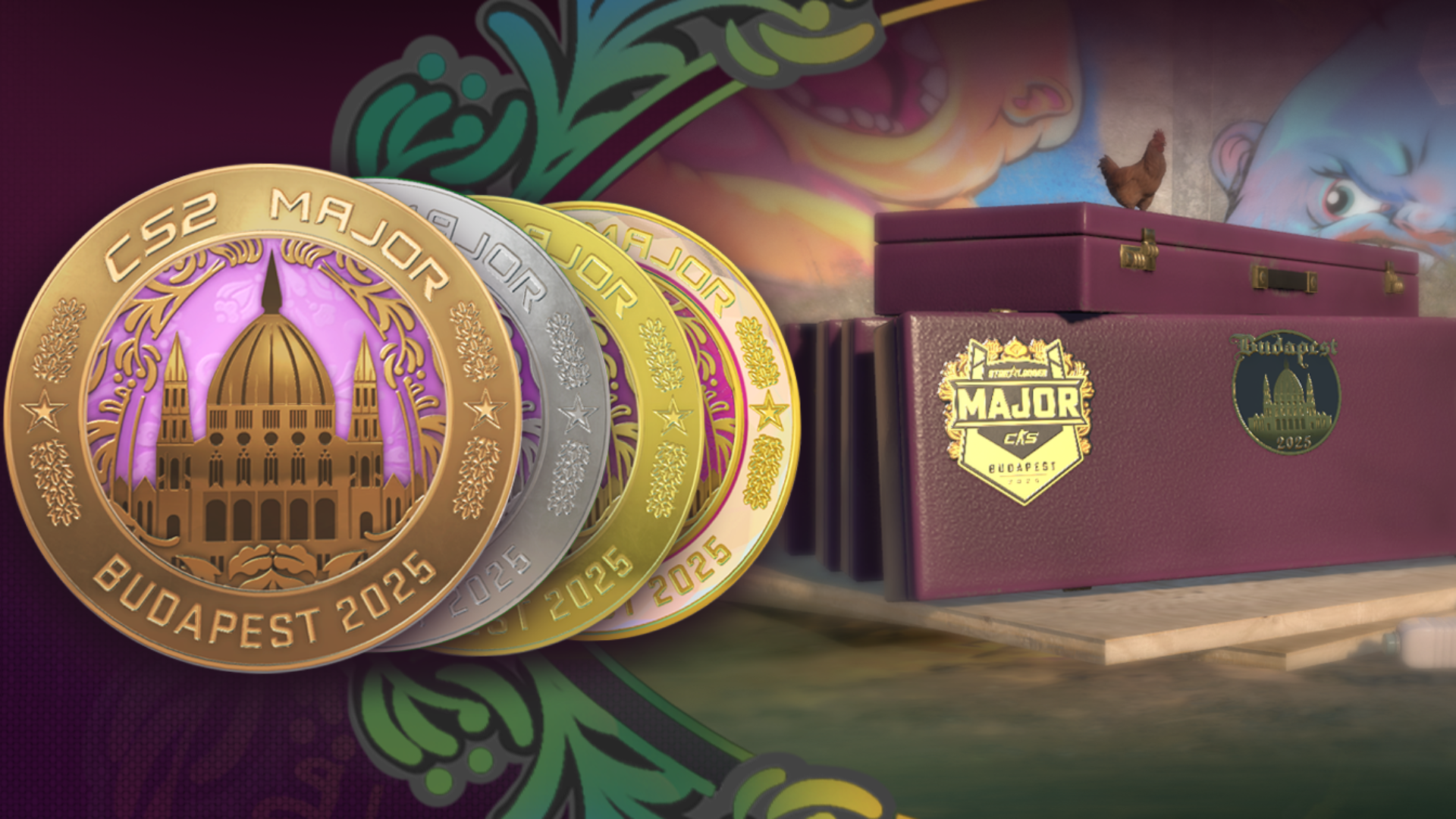
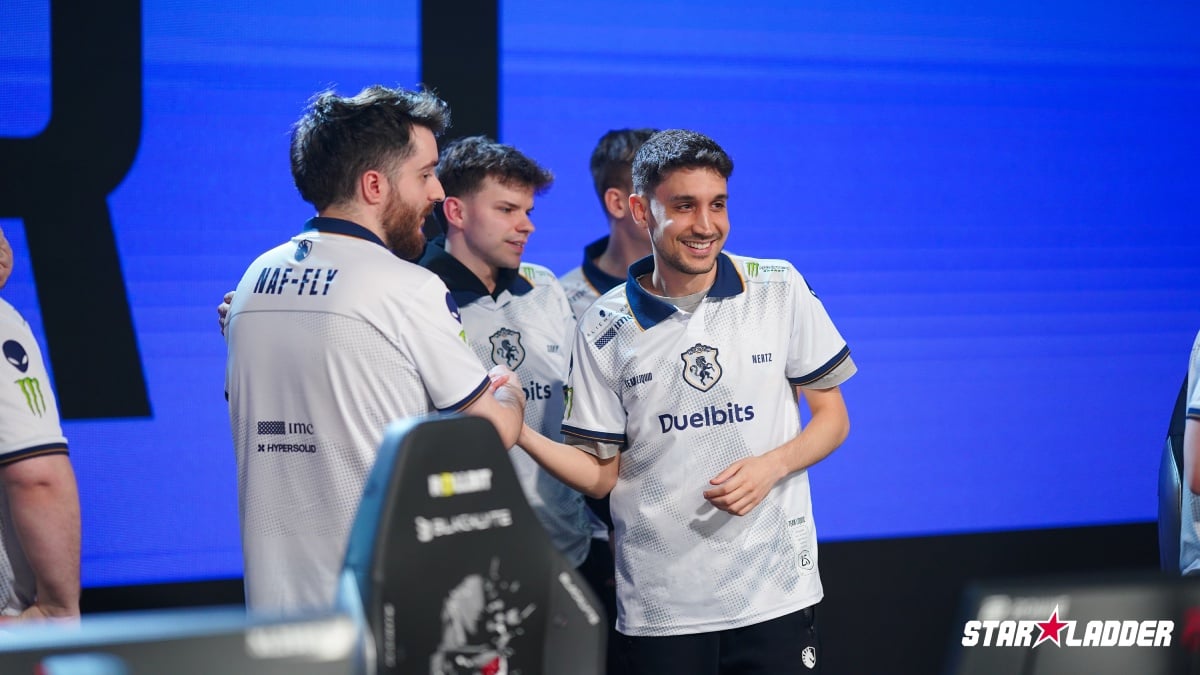

Published: Dec 6, 2020 12:13 pm